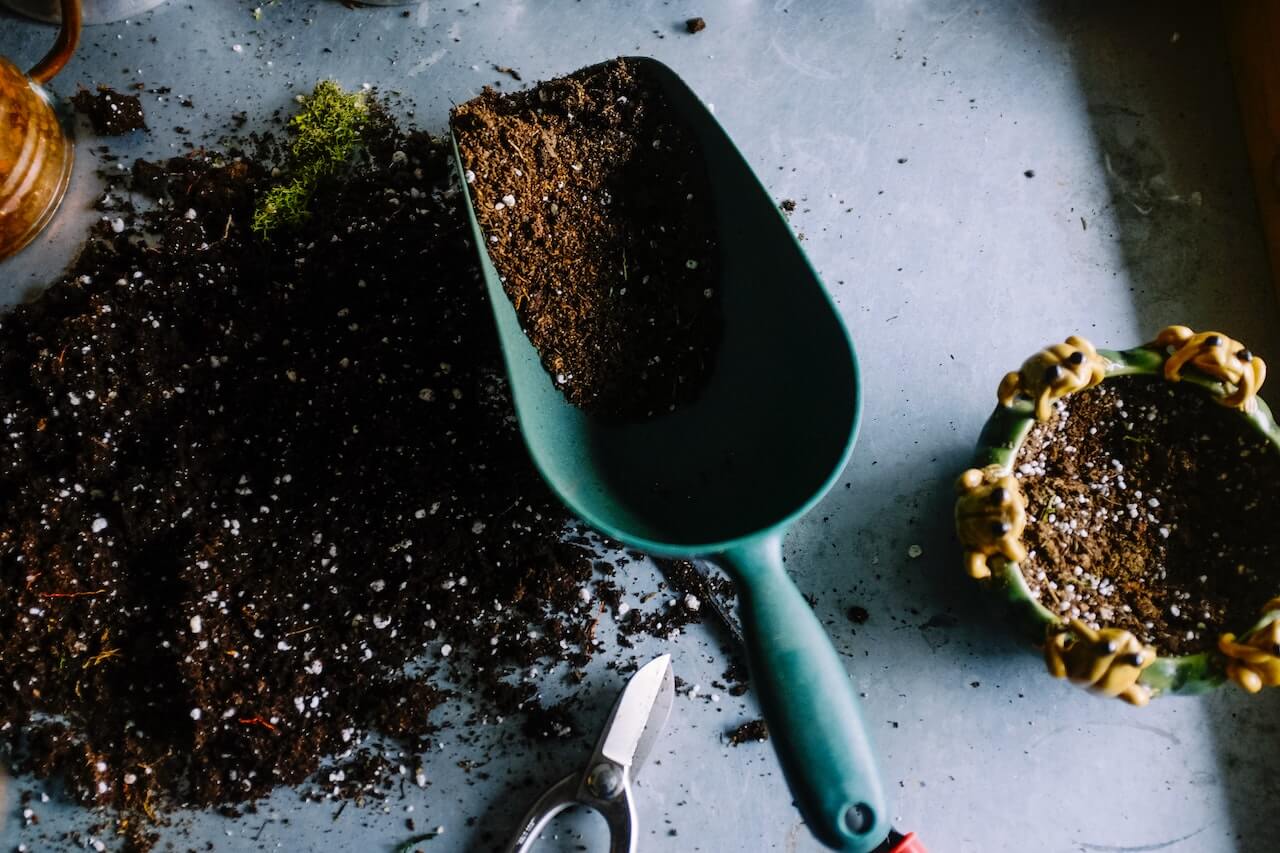Consumer Health & Safety
- All Enquires: IOA Pty Ltd Email: info@reefsaver.com.au Website: www.reefsaver.com.au
- Contents Kocuria, Bacillus spp., Azospirillum, Arthrobacter. Water: 1,37%, dry material: 98,63%
- Hazard classification based on the regulation no. 1272/2008/EK
- Hazard classification: No indication is needed, not dangerous.
- First-Aid measures
On suspicion of infection: Allergic reactions, etc, stop work immediately. Follow First-aid on the spot (refer to above procedures) and seek medical attention. - Fire and explosion classification: Non-inflammable, ˝E˝ class.
- Health hazard period at work: 0 days
- Safe and healthful working conditions
Protective equipment for operators: protective clothing, protective gloves, protective shoes, laboratory face protector are mandatory in the handling / mixing of this product. It is forbidden to eat, drink or smoke when using the product. The protective equipment has to be thoroughly washed after usage with a disinfecting solution. The placement of starter cultures can only be done in windless conditions and without pulverization. - Regulations associated with environmental protection
Do not contaminate rivers, standing waters, streams or reservoirs with the product or packaging. It is forbidden to use the product in biosphere reservoirs and in specially protected areas. The product can be used in natural reserves, national parks and landscape parks only with the permission of the authorized protecting authority. In order to protect the aquatic organisms and water quality it is forbidden to store and use the product within 50m of beaches, coasts and waterways. - Handling and storage
Maintain in dry, cool, covered, frost free storage within the original sealed packaging. Store @ 5 - 25°C for maximum period of 12 months (Note: The efficacy of Reefsaver may be affected if temperature fluctuations occur beyond this range) - Physical and chemical properties
pH (in 10% aqueous suspension) 6,65+/- 0,5 Dry matter content (w/w %) = min. 98,63 m/m % Water (w/w %) = min. 3,37 m/m % Total germ number (CFU/cm3) min. 3,25 x 109 cells/ml Specification: a specifically smelling powder product of light-brown colour. - Stability and Reactivity: Nil.
- Toxicity: Non-toxic on plants.
- Eco-Toxicity: Non-toxic.
- Waste: Dispose of contents/packaging to a landfill for hazardous materials.
- Transportation provisions: The product must be transported at an even temperature range (5-25°C)
- Regulatory information: Nil
- Other provisions: Nil
Application Information
Composition
Kocuria/Bacillus spp./Azospirillum/Arthrobacter/carrier material
Dosage
- 5 litre Garden Sprayer: Mix 10g (2 tsp) Reefsaver powder thoroughly in water. Coverage: 300m2 rootzone
- 1 litre hand held trigger sprayer: Mix 2g ( half tsp) Reefsaver powder thoroughly in water. Coverage: 60m2 rootzone.
Application
Spray uniformly (within 4 hours) to the root-zone or seedbed.
Re-Apply
3 Monthly
Notes
- Use separate tanks when co-applying with bactericide/fungicide/copper.
- Allow the solution of Reefsaver to soak for 1-2 hours prior to application.
- Stir regularly to avoid powder forming a surface suspension.
- Reefsaver maintains a shelf year maintains a shelf life for 12 months from the date of production, stored in cool/dry/covered spaces @ 5-25 centigrade in undamaged packaging.
- The active ingredients maintain a 6 month soil life.
- Where seasonal biomass / fruit / crop development is imminent a second application of Reefsaver is recommended.
- Do not mix Reefsaver with bactericides and fungicides.
Last updated: 2/3/2023
Biological Nitrogen Fixation (BNF)
Biological Nitrogen Fixation - BNF1 refers to the absorption of elemental atmospheric nitrogen, to naturally combine it into soluble nutrient compounds.
"Fixed nitrogen is probably the main plant nutrient that limits agricultural production worldwide. For most developed countries this limitation can be alleviated by the use of nitrogenous fertilizers. The increased cost of fertilizer nitrogen, concern about nitrates in water supplies, and the limited availability of fertilizer in developing countries are major factors influencing a desire to obtain more fixation by biological means 2. It is likely that nearly all plant species benefit from nitrogen fixation by bacteria associated with their roots. How much they benefit appears to be related directly to the degree of complexity of the interaction between the plant and nitrogen-fixing bacteria. For example, some leguminous plants, which have root nodules containing rhizobia, can fix more than 100kg Nitrogen per hectare per annum, whereas some grasses which have Nitrogen-fixing bacteria associated with their roots may support fixation of 10kg N per hectare per annum"3.
- Biological Nitrogen Fixation by Stephen C. Wagner © 2011 Nature Education
- Biological means are the bacteria (via an organic soil inoculant) containing Azospirillum & actinomycetes spec. activating and performing BNF
- The significance of symbiotic nitrogen fixation in plant production. John E. Beringer & Andrew W. B. Johnston Pages 269-286 | 02 Dec 2008
- Antifeedants Richard N. Bennett, Roger M. Wallsgrove (1994). "Secondary metabolites in plant defence mechanisms". New Phytologist. 127 (4): 617-633. doi:10.1111/j.1469-8137.1994.tb02968.x.
